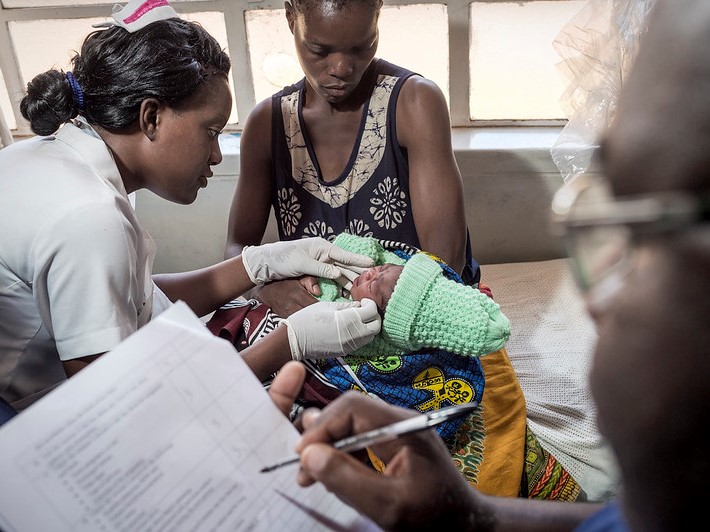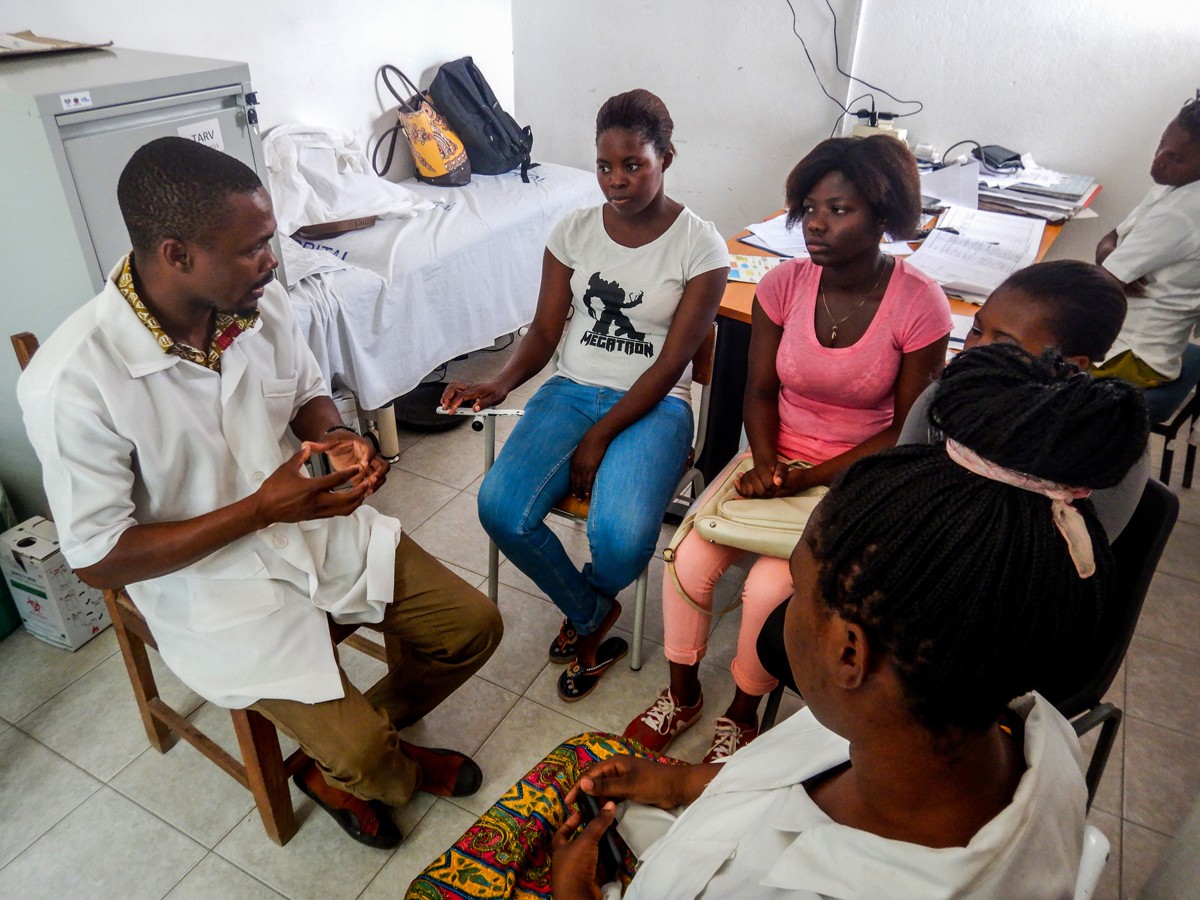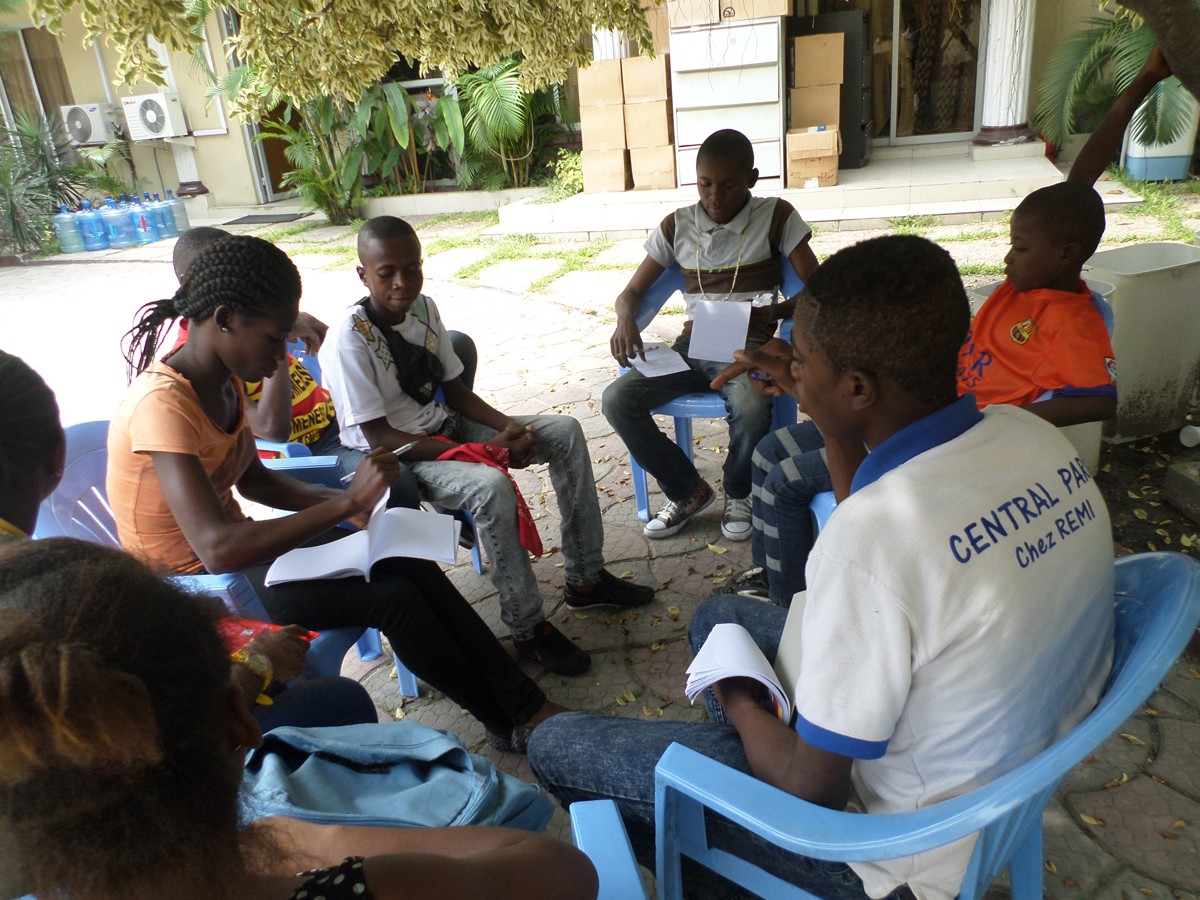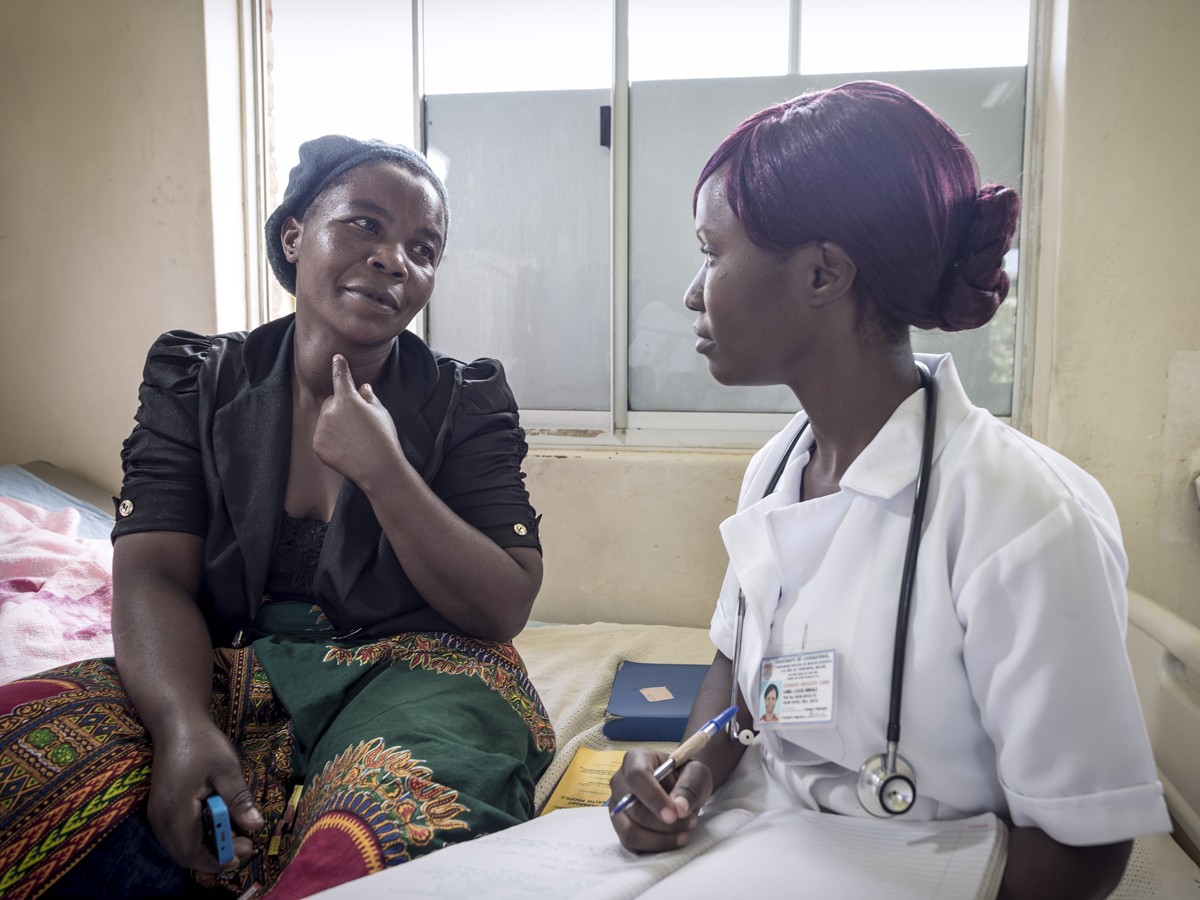Sasi Jonnalagadda, Andrew Auld, Andreas Jahn, Suzue Saito, George Bello, Katrina Sleeman, Francis M Ogollah, Juliana Cuervo-Rojas, Elizabeth Radin, Dumbani Kayira, Evelyn Kim, Danielle Payne, Janet Burnett, Susan Hrapcak, Hetal Patel, Andrew C Voetsch, MPHIA Study Team
Abstract
Methods: In half of the surveyed households, children ages ≥18 months to <15 years were tested using the national HIV rapid test algorithm. Children ≤18 months reactive by the initial rapid test underwent HIV total nucleic acid polymerase chain reaction confirmatory testing. Blood from HIV-positive children was tested for viral load (VL) and presence of antiretroviral drugs. HIV diagnosis and antiretroviral treatment (ART) use were defined using guardian-reporting or antiretroviral detection.
Results: Of the 6166 children tested, 99 were HIV-positive for a prevalence of 1.5% (95% confidence intervals [CI]: 1.1-1.9) and 8.0% (95% CI: 5.6-10.5) among HIV-exposed children. The prevalence of 1.5% was extrapolated to a national estimate of 119,501 (95% CI: 89,028-149,974) children living with HIV (CLHIV), of whom, 30.7% (95% CI: 20.3-41.1) were previously undiagnosed. Of the 69.3% diagnosed CLHIV, 86.1% (95% CI: 76.8-95.6) were on ART and 57.9% (95% CI: 41.4-74.4) of those on ART had suppressed VL (<1000 HIV RNA copies/mL). Among all CLHIV, irrespective of HIV diagnosis or ART use, 57.7% (95% CI: 45.0-70.5) had unsuppressed VL.
Conclusions: Critical gaps in HIV diagnosis in children persist in Malawi. The large proportion of CLHIV with unsuppressed VL reflects gaps in diagnosis and need for more effective first- and second-line ART regimens and adherence interventions.









